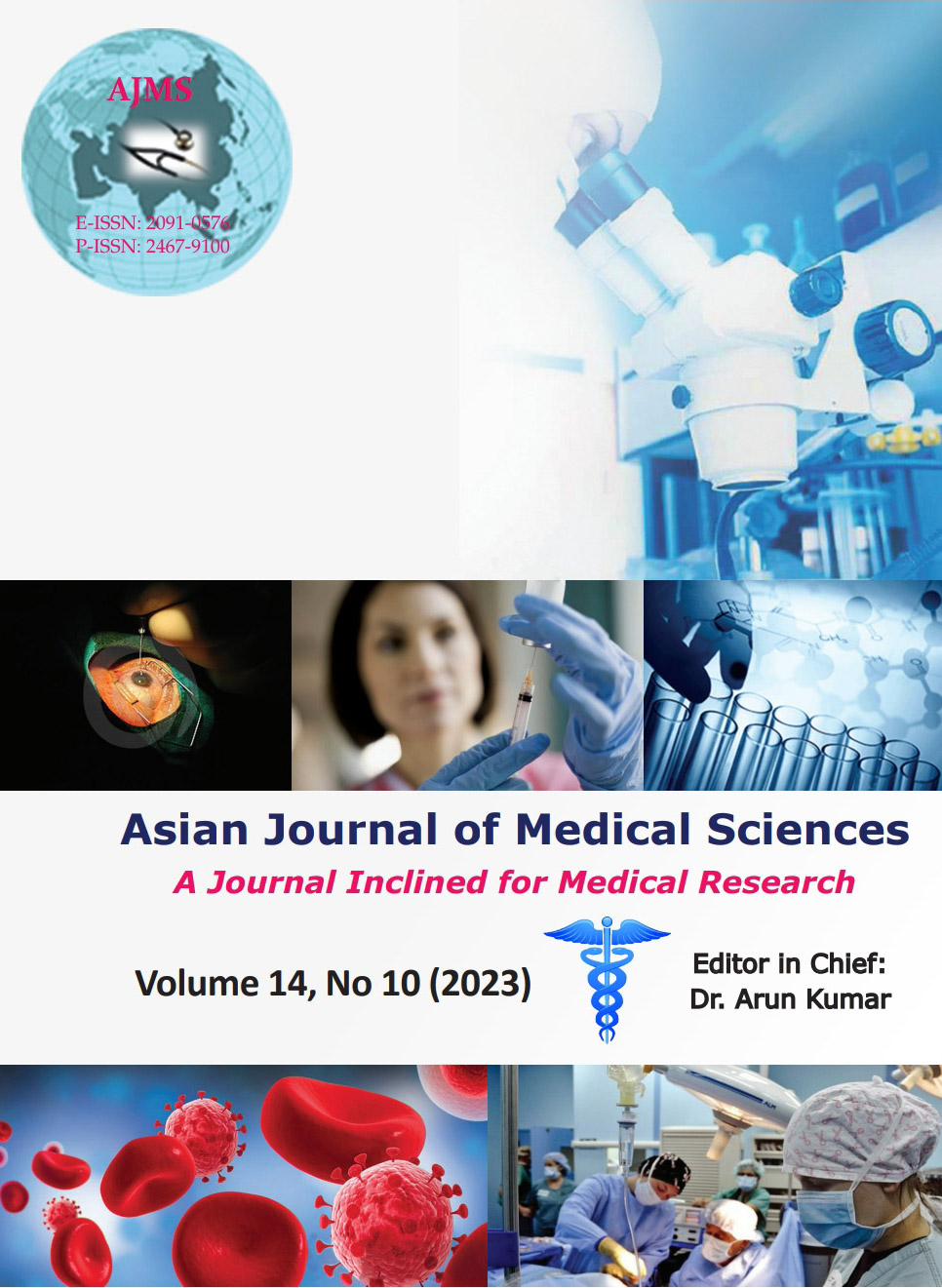Study of spectrum of hepatobiliary involvement in children with sickle cell disease
Keywords:
Sickle cell disease; Hepatobiliary involvement; Vaso-occlusive crisisAbstract
Background: Sickle cell disease (SCD) has various complications among which one of the main organs to be affected is the hepatobiliary system ranging from mild liver function test derangements to significant hepatic abnormalities with marked hyperbilirubinemia.
Aims and Objectives: We studied the spectrum of hepatobiliary involvement in children with SCD and its association with various factors.
Materials and Methods: This cross-sectional observational study was conducted at M.Y Hospital Indore, a tertiary centre in central India. All old and new SCD patients under age of 18 years were enrolled sequentially, their detailed history and thorough clinical examination based on a pre-structured proforma noted. Laboratory investigations and radiological evaluation were performed to assess hepatobiliary involvement and its association with various factors was studied.
Results: Two hundred and two patients with SCD were enrolled during the study period and hepatobiliary involvement was seen in 84 (41.5%) subjects. The most common acute complication was acute hepatic crisis, (20; 9.9%) followed by hepatic sequestration and intrahepatic cholestasis (2; 0.9%). Cholelithiasis was the only chronic complication, seen in 60 (29.7%) patients. Maximum number of patients (53%) were in the age group of 6.1–12 years, least (22%) belonged to 6 months–6 years of age. In our study, 52.5% of patients were females. Symptoms with hepatobiliary involvement were yellowish discoloration of eyes (39.10%), fever (36.10%), abdominal pain (20.8%), vomiting (14.4%), and bleeding (0.9%). Indirect and direct bilirubin, liver enzymes were raised, coagulation profile deranged, and the synthetic function of liver reduced. The most common USG finding was hepatomegaly, seen in 111 (54.9%) patients. Significant association between hepatobiliary involvement with higher HbS concentration, increased frequency of vaso-occlusive crisis/year, and higher transfusion requirement was noted.
Conclusion: There is significant hepatobiliary involvement in patients with SCD, accounting for great morbidity and mortality requiring high degree of clinical suspicion for timely diagnosis and early treatment.
Downloads
Downloads
Published
How to Cite
Issue
Section
License
Copyright (c) 2023 Asian Journal of Medical Sciences

This work is licensed under a Creative Commons Attribution-NonCommercial 4.0 International License.
Authors who publish with this journal agree to the following terms:
- The journal holds copyright and publishes the work under a Creative Commons CC-BY-NC license that permits use, distribution and reprduction in any medium, provided the original work is properly cited and is not used for commercial purposes. The journal should be recognised as the original publisher of this work.
- Authors are able to enter into separate, additional contractual arrangements for the non-exclusive distribution of the journal's published version of the work (e.g., post it to an institutional repository or publish it in a book), with an acknowledgement of its initial publication in this journal.
- Authors are permitted and encouraged to post their work online (e.g., in institutional repositories or on their website) prior to and during the submission process, as it can lead to productive exchanges, as well as earlier and greater citation of published work (See The Effect of Open Access).




